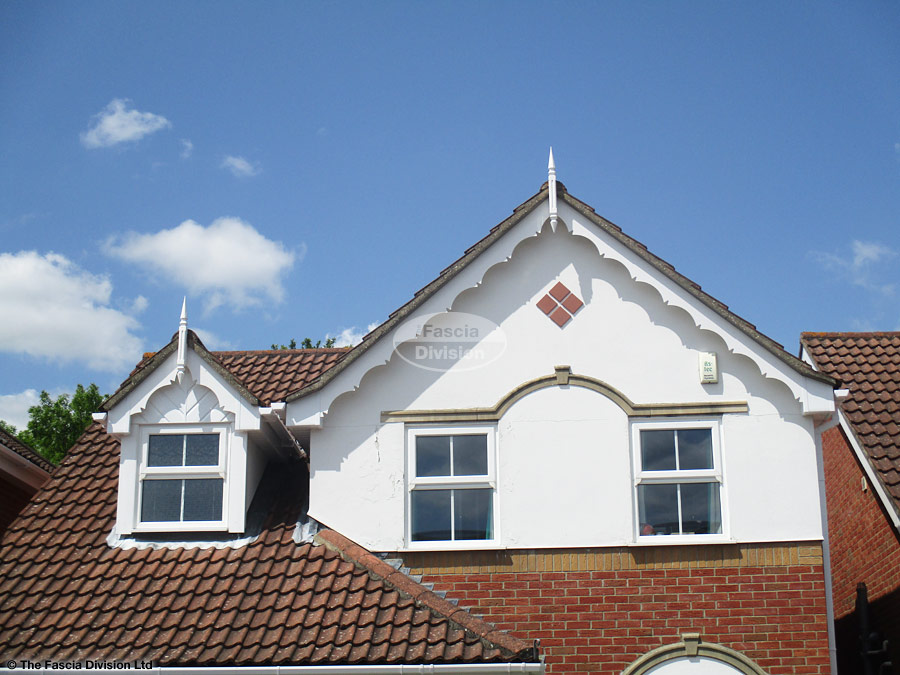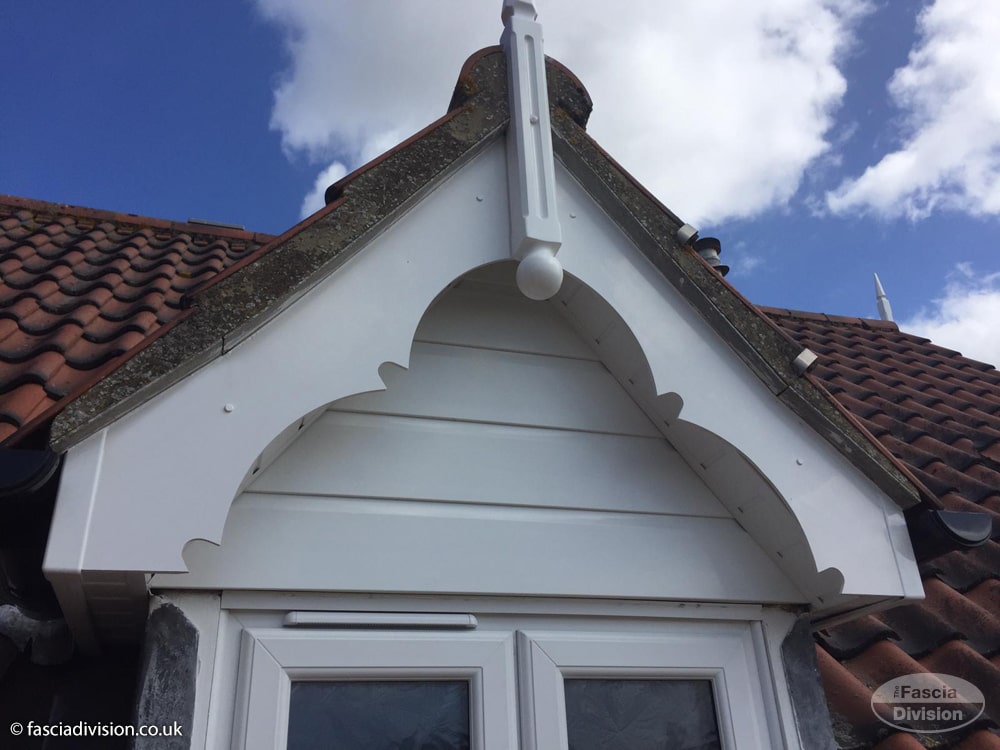What is Decorative Fascia Trim?
Decorative fascia trim is a type of architectural element typically installed at the edge of a roofline. It serves both aesthetic and functional purposes, framing your home’s structure with elegance and style. From traditional to contemporary designs, decorative fascia trim can elevate the overall appearance of any home.
Why Choose Decorative Fascia Trim?
When it comes to making a strong first impression, decorative fascia trim plays a crucial role. Here are a few reasons to consider:
- Enhances Curb Appeal: Decorative finishes provide a polished look that increases your home’s attractiveness.
- Protects Structural Elements: It helps shield the underlying roof structure from the elements.
- Variety of Styles: Available in numerous styles and materials to suit different architectural designs.
Styles of Decorative Fascia Trim
Choosing the right style of fascia trim can significantly impact your home’s aesthetic. Below are some popular styles:
1. Traditional Fascia Trim
This style often features intricate designs and detailed carvings that evoke a classic feel. It is ideal for historic homes or those aiming for a timeless look.
2. Modern Fascia Trim
Modern options usually exhibit clean lines and minimalistic features, perfect for contemporary homes. Materials like aluminum and composite are often used.
3. Rustic Fascia Trim
Rustic fascia trim is typically made from natural wood, providing a warm and inviting appearance. This style is great for cabins and farmhouse-style homes.
4. Decorative PVC Trim
PVC trim is gaining popularity due to its durability and resistance to rot. It can mimic wood textures while being low-maintenance.

Materials Used in Decorative Fascia Trim
Different materials can be used for fascia trim, each offering unique benefits:
| Material | Pros | Cons |
|---|---|---|
| Wood | Natural beauty, paintable | Prone to rot, requires maintenance |
| Vinyl | Low maintenance, resistant to fading | Limited color choices, can warp |
| Aluminum | Durable, lightweight | Can dent, may need painting |
| PVC | Long-lasting, moisture-resistant | Can be more expensive |
Installation Process of Decorative Fascia Trim
Installing decorative fascia trim can be a rewarding DIY project or a job for professionals. Here’s a step-by-step guide for the installation process:
Tools Required
- Measuring tape
- Level
- Caulking gun
- Power saw
- Nail gun or hammer
Step-by-Step Guide
- Measure: Carefully measure the length of the area where the fascia trim will be installed.
- Cut: Using a power saw, cut the trim to the appropriate lengths.
- Position: Position the trim on the building, ensuring it is leveled properly.
- Secure: Use a nail gun or hammer to secure the trim in place.
- Seal: Apply caulk to the edges to ensure water resistance.

Maintenance Tips for Decorative Fascia Trim
Proper maintenance will ensure that your fascia trim remains beautiful and functional for years to come. Here are some tips:
- Regularly inspect for damage, such as rot or warping.
- Clean the trim with a mild detergent and water to prevent mold and mildew.
- If made of wood, repaint or reseal every few years to protect it from the elements.
Pros and Cons of Decorative Fascia Trim
Like any feature in your home, there are advantages and disadvantages to consider:
Pros
- Increases the home’s aesthetic appeal
- Protects structural components from weather damage
- Available in a variety of styles and materials
Cons
- Can be costly depending on the material
- Requires regular maintenance, especially wood
- Improper installation can lead to complications

Frequently Asked Questions (FAQs)
1. How often should I paint my wooden fascia trim?
It’s recommended to repaint or reseal wooden fascia trim every 3-5 years, depending on exposure to elements.
2. Can I install decorative fascia trim myself?
Yes, if you are comfortable with home improvement projects, you can DIY. However, hiring professionals ensures quality installation.

3. What is the best material for fascia trim?
The best material depends on your specific needs. For longevity, PVC or aluminum are excellent choices; for traditional aesthetics, wood may be preferable.
4. How can I match my fascia trim with my home style?
Choose a style and material that complements your home’s architecture and color scheme. It’s advisable to consult with a design professional if uncertain.

Final Thoughts
Decorative fascia trim is more than just a functional element; it is a key feature that can enhance the charm and beauty of your home. Whether you choose wood, vinyl, or aluminum, the right fascia trim can make a significant difference in your home’s exterior appearance. Remember to consider your maintenance capabilities, budget, and style preferences when making a choice. With the right fascia trim, your home can make a lasting impression and provide protection for years to come.